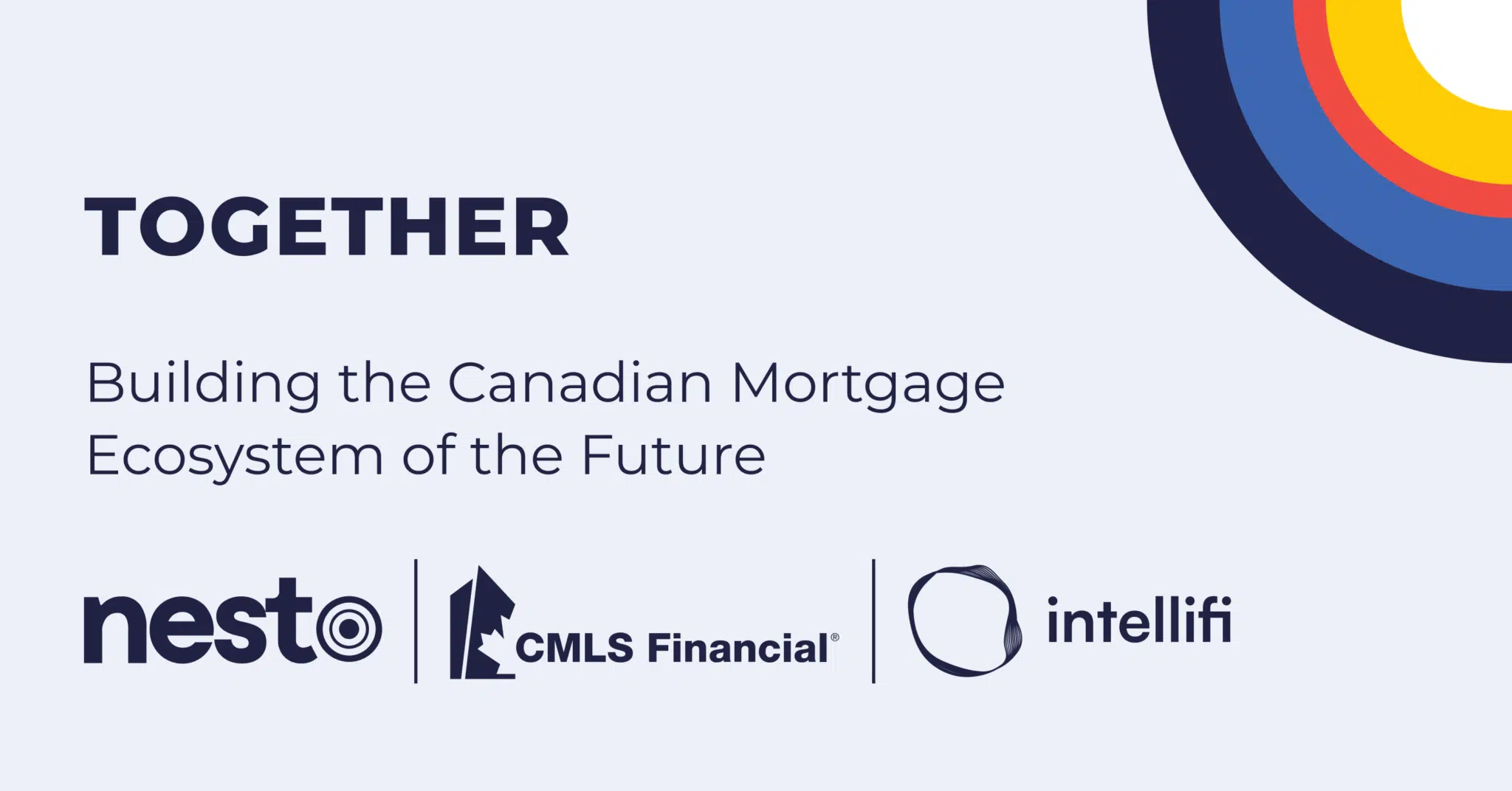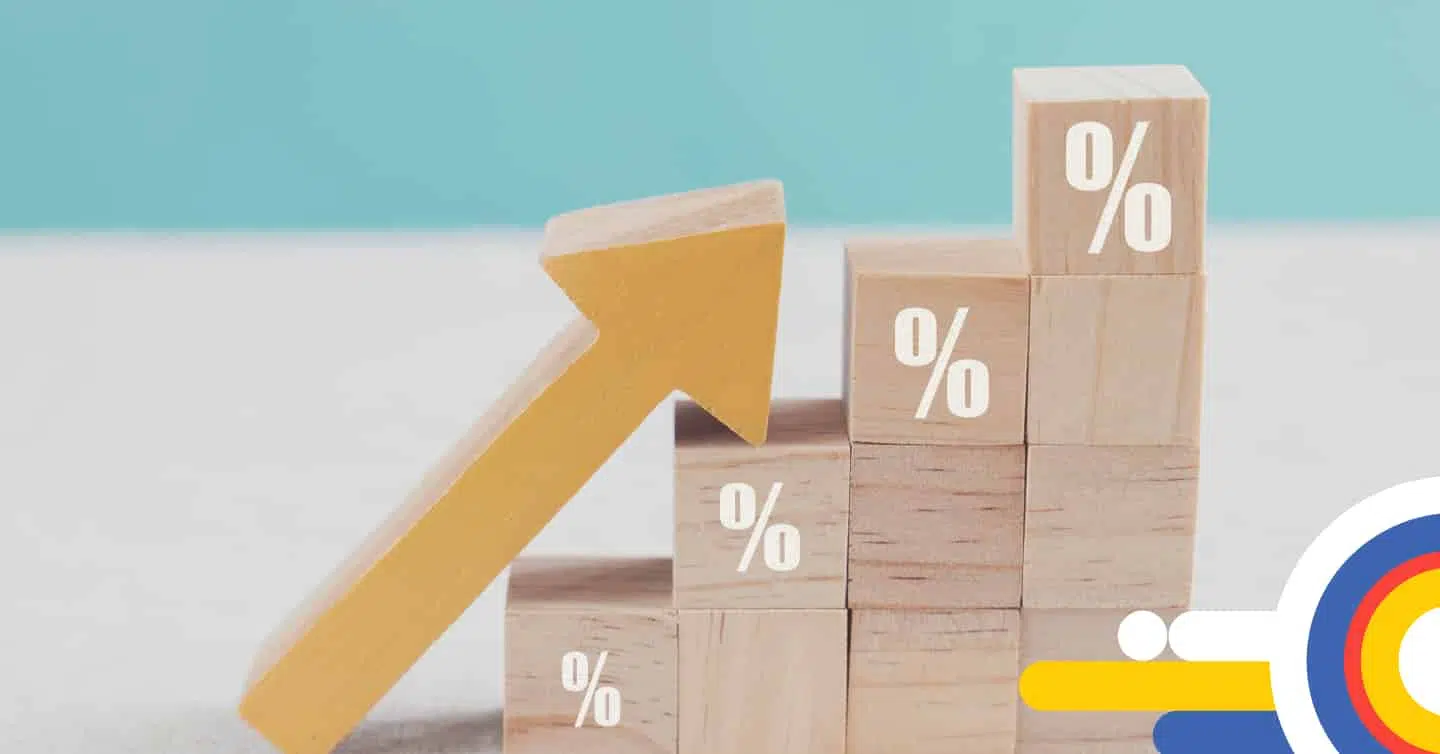Canada Tax Season 2025 Tips and Tricks for Success

Table of contents
As tax return deadlines approach once again, many Canadians feel overwhelmed and stressed about filing their taxes. However, with the right tax tips and tricks, this tax season 2025 can be a less stressful experience. Whether you’re a first-time filer or a seasoned tax veteran, there are always new ways to make the tax filing process easier.
This article will provide tips and tricks for navigating the Canadian tax system and maximizing the financial benefits available during tax season. So, let’s dive in and make this tax season a success!
Key Highlights
- Canadians have until April 30th, 2025, to file their 2024 tax return. Self-employed individuals have until June 15, 2025.
- This year’s changes include new personal income tax brackets.
- Get the most out of tax season by noting deductions and credits to claim, gathering information in one spot, keeping an eye on capital losses, and keeping a record of everything for 6 years.
When can I File my Taxes in 2025?
Canadians can start filing tax returns as soon as February 24th and have until April 30th to complete and file their tax return for 2024. If you are self-employed, you’ll have a few more weeks to file your taxes, as your income tax return isn’t due until June 15th, 2025. Since June 15th falls on a Sunday this year, returns received on June 16th will be considered filed on time.
What are Some 2025 Tax Season Changes I Should Know About?
This tax year won’t see many significant changes. However, there are a few things to note when filing your taxes this year.
New federal personal income tax brackets will increase by 2.7% from the previous year’s brackets to account for inflation. For 2025, that brings the federal tax brackets to:
- 15% on income earned over $0 up to $57,375
- 20.5% on income earned over $57,375 up to $114,750
- 26% on income earned over $114,750 up to $177,882
- 29% on income earned over $177,882 up to $253,414
- 33% on income earned over $253,414
The proposed capital gains tax change, which would increase the inclusion rate from 50% to 66.67% for capital gains above $250,000 for individuals and on all gains realized by corporations and most types of trusts, has been deferred until January 1st, 2026. For the 2024 and 2025 tax years, capital gains will remain at 50% of all profits realized from the sale of assets.
Top 5 Tips to Get the Most out of Tax Season
1. Make Note of Deductions
Did you know the government may give you some of your money back when you pay taxes? It’s not a gift; it’s just your money being returned to you.
You can claim allowable deductions to get the maximum amount out of your refund. Deductions are expenses that lower the amount of your income that is taxed. Three common deductions are RRSP contributions, child care costs, and home office expenses.
2. Claim Credits
A credit is a type of expense you can use to reduce the amount of tax you owe. It’s different from a deduction because it doesn’t come off from your income.
Credits are applied to taxes payable at prescribed rates and differ from deductions. Non-refundable tax credits can only reduce your taxable income or bring it to zero, and any excess credit cannot increase your refund.
You can claim interest paid on student loans as a non-refundable credit. The federal and provincial tax credit is calculated based on the lowest tax rate and loan interest amount. It’s best to wait to claim the interest if you didn’t earn income in the past year, as you can carry it forward for up to five years.
Medical expenses, including ambulance transport, dental services, and fertility costs, can be claimed as a non-refundable credit. Consider having the partner with the lower net income claim medical expenses.
Charitable donations can also be claimed as a tax credit, with the federal government crediting 15% on the first $200 and 29% on any amount above that. Each province also has its own tax credit rate.
You can also receive a refundable tax credit of up to $250 per year and $5,000 over your lifetime with the Canada Training Credit.
3. Gather Your Information in One Spot
Filing taxes early may seem like a good idea, but it could cost you more time and money in the long run. To ensure accuracy, it’s better to be patient and double-check your tax slips and figures to make sure you have everything you need to file before doing so.
Want to get ahead of things? Here are some tax slips you might need: T4 for employment income, T5 for investment income, T4RSP or T4RIF for RRSP income, T4A for pension and other income, NR4 for non-residents, T5013 for partnership income, T3 for trust income, and T5008 for securities transactions.
4. Keep an Eye on Capital Losses
If you sell investments in a non-registered account for more than what you paid, you may have to pay taxes on the capital gains. However, if you sell for less than what you paid, you incur a capital loss. You can use this loss to offset future capital gains, but it’s important to keep track of these losses for tax purposes. Check your Notice of Assessment or investment statements to keep a record of your losses.
5. Make Sure to Have a Record of Everything for 6 Years
Audits don’t only happen to others. It could happen to you, so you’ll want to make sure you’re prepared if it ever happens. An audit is never a breeze, but it’s about minimizing the pain of a CRA audit.
Be prepared to keep all income tax slips and receipts for deductions, such as entertainment and home office expenses, for 6 years. If you find it hard to organize all this paperwork, check out the various apps for easy organization and look for ways to digitize your paperwork to keep it all in one easy-to-find place.
Find a better rate, and we’ll match it, beat it, or give you $500*.
*Conditions Apply
With nesto, it’s stress-free
Frequently Asked Questions
What is the deadline for filing my 2024 tax return?
For most Canadians, the 2024 tax return deadline is April 30th, 2025, and for self-employed, the deadline is June 15, 2025.
How do I file a tax return in 2025?
If you’re looking for information on how to file your 2025 tax return, check the various online tax services available for the relevant year. Most services are free to use and provide easy-to-understand information on how to file your taxes.
What tax credits and deductions can I claim?
Several tax credits and deductions are available in Canada, including the basic personal amount, medical expenses, charitable donations, tuition fees, child care expenses, etc. It is important to review the eligibility criteria and requirements for each credit or deduction before claiming them on your tax return. You can find more information on the Canada Revenue Agency website or consult a tax professional for advice.
Final Thoughts
Filing your Canada 2025 taxes can be overwhelming for many, but the process can go much smoother with these helpful tips and tricks. From staying organized to maximizing your deductions, these strategies can help ease the stress of tax season.
Remember to start early and seek out professional assistance if needed to ensure you don’t miss out on any deductions. Following these tips can help minimize your tax liability and make the most of your financial situation.
Ready to get started?
In just a few clicks, you can see our current rates. Then apply for your mortgage online in minutes!















